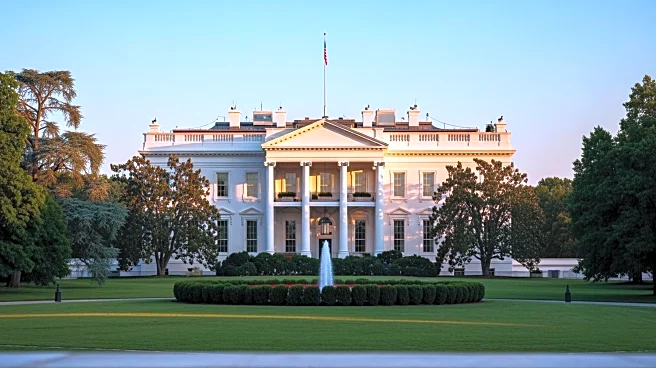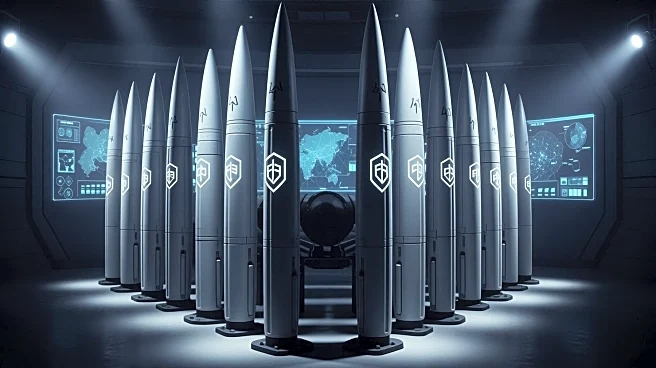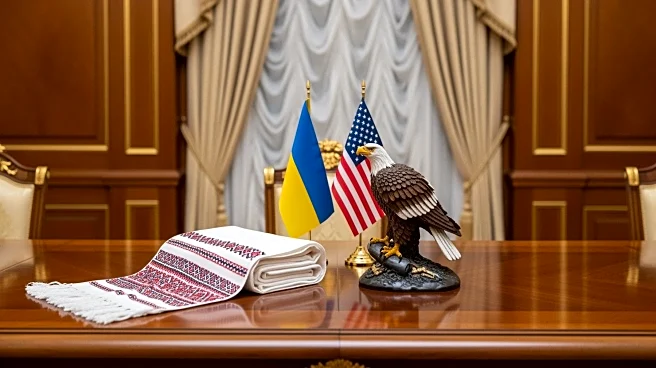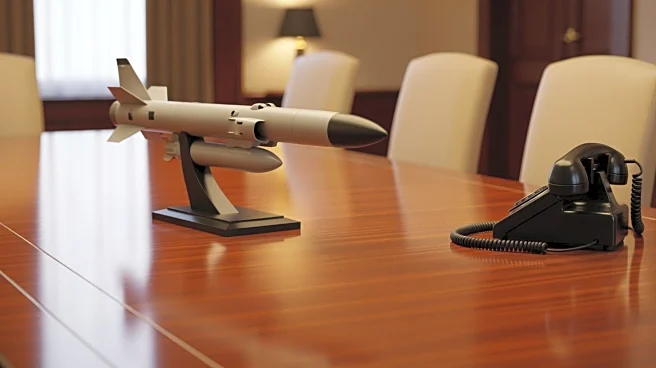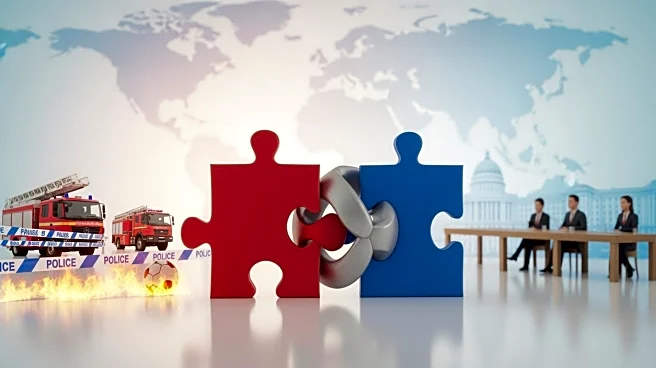What's Happening?
President Trump has called for an end to the ongoing conflict between Ukraine and Russia following a face-to-face meeting with Ukrainian President Volodymyr Zelenskyy. During the meeting, Zelenskyy expressed optimism about Trump's potential to facilitate
peace, describing the U.S. President as having a 'big chance' to end the war. Zelenskyy also requested U.S. Tomahawk missiles, highlighting the need for increased military support to counter Russian aggression. The meeting underscores the complex geopolitical dynamics at play, with Trump seeking to leverage his relationship with Russian President Vladimir Putin to broker peace.
Why It's Important?
The call for peace by President Trump is significant as it could influence U.S. foreign policy and military aid to Ukraine. The conflict has had profound implications for regional stability and international relations, with the U.S. playing a pivotal role in supporting Ukraine against Russian advances. Trump's engagement with both Zelenskyy and Putin could alter the trajectory of the conflict, potentially easing tensions or reshaping alliances. The request for Tomahawk missiles indicates Ukraine's ongoing need for military support, which could impact U.S. defense policy and spending.
What's Next?
The next steps involve potential diplomatic engagements between the U.S., Ukraine, and Russia, with Trump possibly facilitating further discussions. The outcome of these talks could affect U.S. military aid decisions and influence international diplomatic strategies. Stakeholders, including NATO allies and European Union members, will be closely monitoring developments, as any shift in U.S. policy could have broader implications for regional security and international relations.
Beyond the Headlines
The meeting between Trump and Zelenskyy highlights the ethical and strategic considerations in U.S. foreign policy, particularly regarding military aid and diplomatic negotiations. The potential for peace raises questions about the balance between military intervention and diplomatic solutions, as well as the role of U.S. leadership in global conflict resolution.



